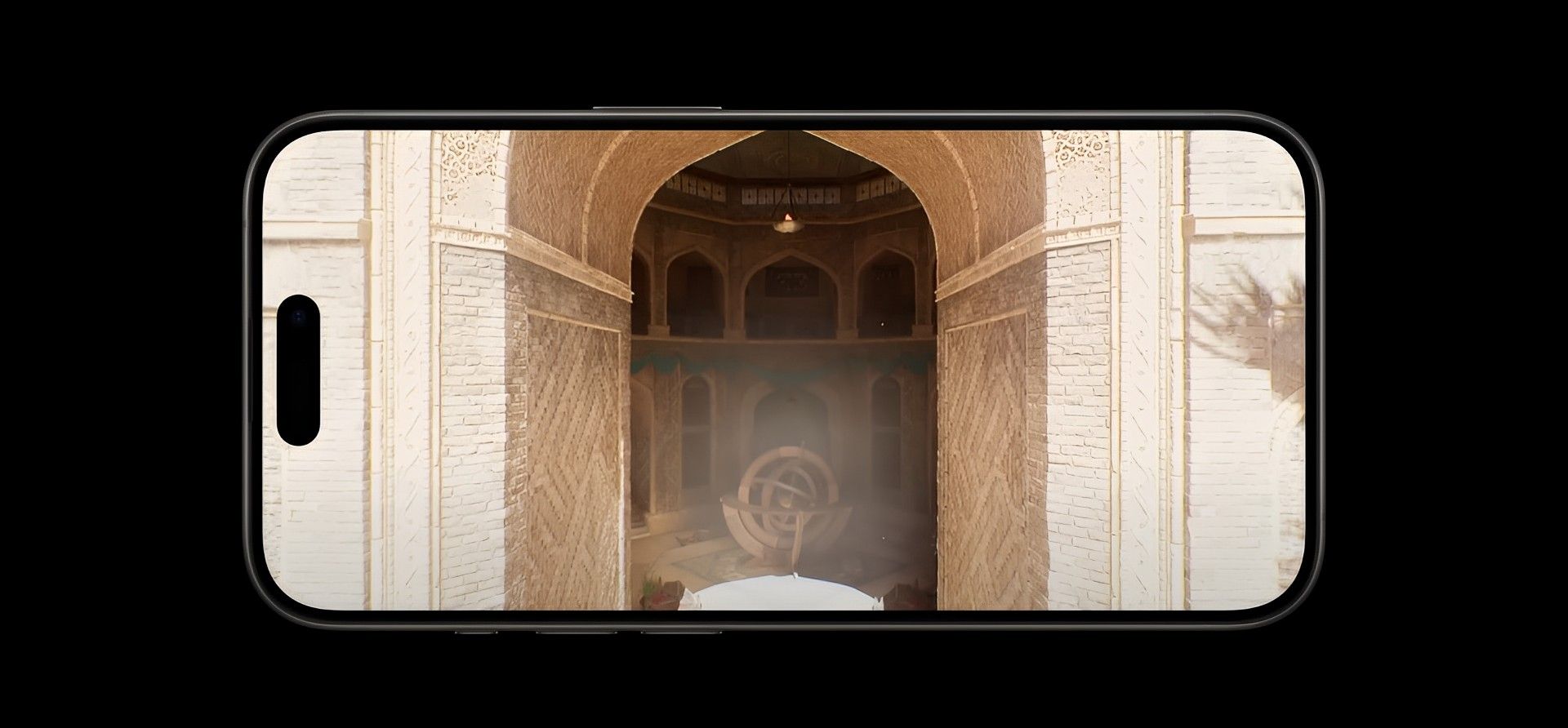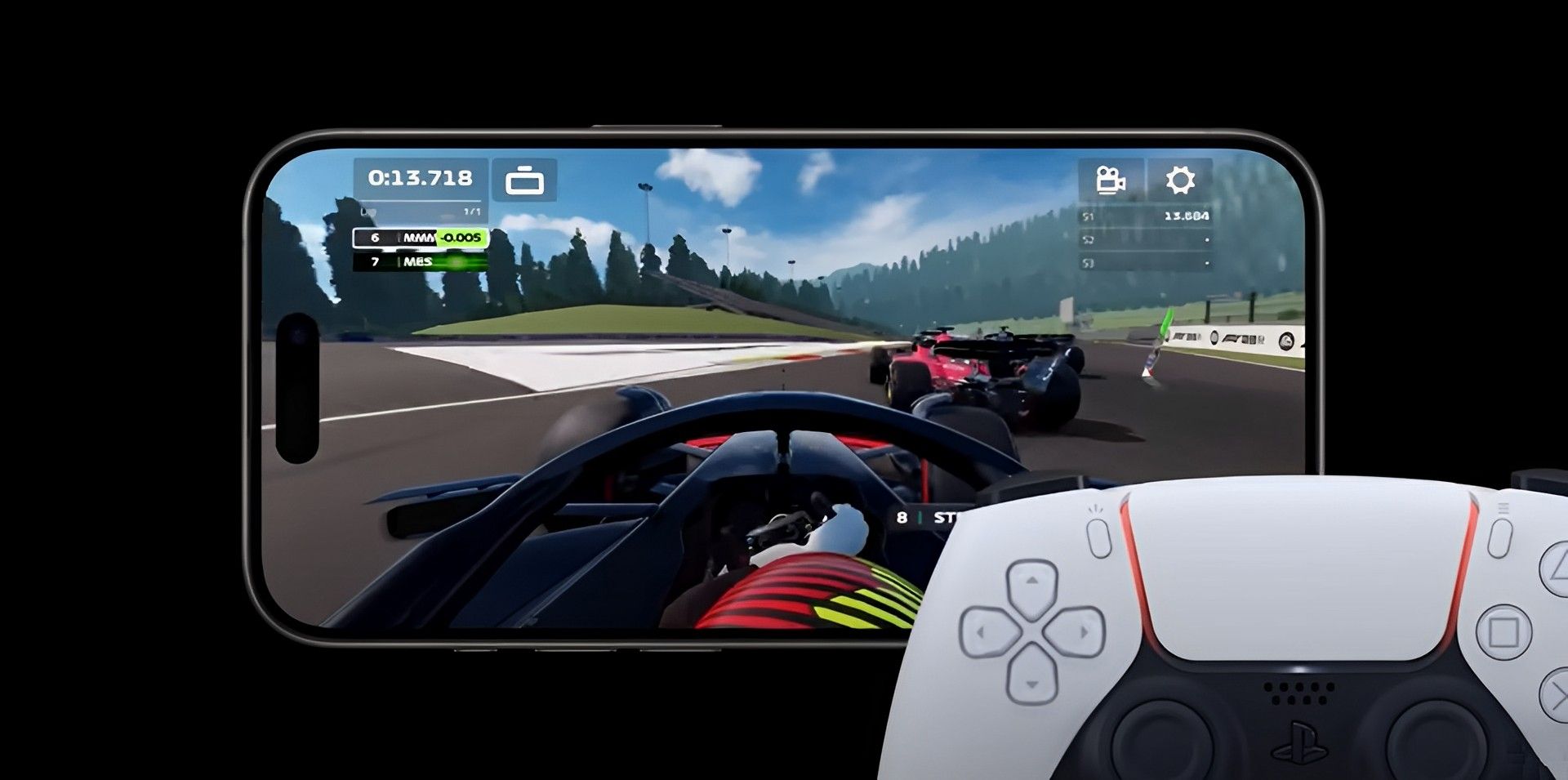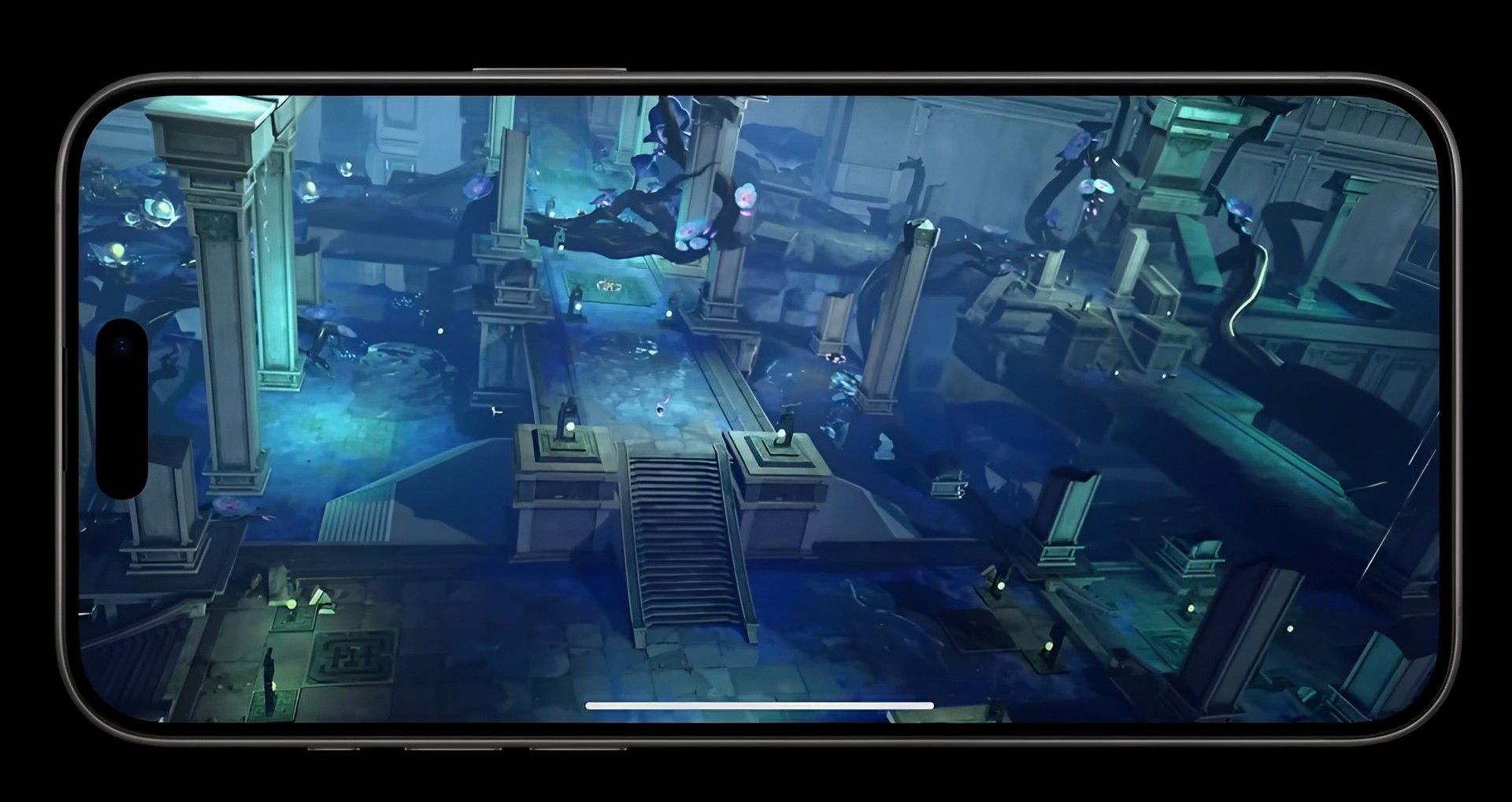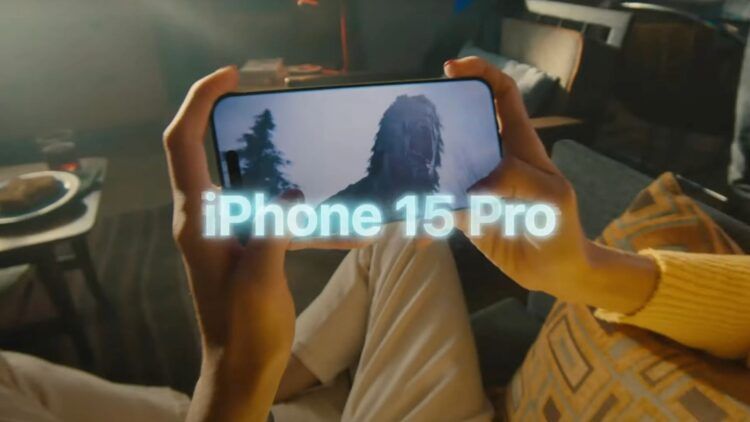In a surprising twist, Apple put a strong spotlight on gaming during the recent Wonderlust event, which featured the launch of the iPhone 15.
While familiar faces from the mobile gaming world discussed the upgraded hardware and software, the real bombshell was the revelation that top-tier console games like the Resident Evil 4 remake, Resident Evil Village, and Death Stranding would soon find a home on the iPhone. This blurs the lines between dedicated handheld gaming devices and Apple’s latest offering.

iPhone 15 Pro threatens the need for a handheld console
Adding to the excitement, Apple unveiled that Ubisoft’s upcoming game, Assassin’s Creed Mirage, from their renowned franchise, would debut on the iPhone 15 Pro. What’s more, the device would support hardware-accelerated ray-tracing dynamic lighting effects. This marks a significant leap in the iPhone’s gaming prowess. While the original iPhone revolutionized gaming with third-party developer access, it never quite infiltrated the domain dominated by traditional consoles and PCs, a market that even the Mac struggled to penetrate.
Now, with the iPhone 15 Pro, Apple stands at the precipice of becoming a go-to platform for major studio game releases. Powered by the formidable A17 Pro, comparable to processors driving devices like the Steam Deck and other portable console PCs, the iPhone 15 Pro, when coupled with accessories like the Backbone One USB-C controller, threatens to render standalone gaming hardware obsolete.
Furthermore, the iPhone 15 Pro’s extensive video output capabilities and support for a wide range of third-party controllers open the door to a flexible gaming experience. It’s not just about on-the-go gaming; this device could potentially replace your home console, making it a versatile gaming powerhouse.

With its impressive hardware and growing library of high-quality titles, the iPhone 15 Pro is set to redefine how we think about gaming platforms.
The question marks
Of course, there are hurdles to clear. While iOS development remains a tad more challenging than Windows, Apple is making strides in enhancing compatibility tools. The bigger question lies in whether Apple can cultivate and sustain strong relationships with game developers akin to industry giants like Sony and Microsoft. Apple’s approach to developer relations differs significantly, placing less emphasis on exclusivity deals and incentives. The introduction of Apple Arcade a few years ago marked a positive step, and the prospect of reaching a colossal audience is a powerful lure, even if this year’s Pro focus slightly narrows that scope.
Looking ahead, the A17 Pro’s eventual integration into the broader iPhone lineup suggests that gaming capabilities will evolve rapidly. Apple’s commitment to processor advancements means that even entry-level iPhones could outpace successive console generations and specialized devices like the Steam Deck, which face constraints in annual upgrades due to cost considerations.

And let’s not forget the potential for video output and comprehensive support for controllers from various manufacturers. The iPhone 15 Pro could conceivably replace not just a handheld AAA console but also find a place in living rooms. The stars are aligning for a monumental shift, and the 15 Pro appears poised to lead the charge, ushering in an era where “Coming to PS5, Xbox Series X, and iPhone” becomes the new standard in the gaming industry.
Featured image credit: Apple




